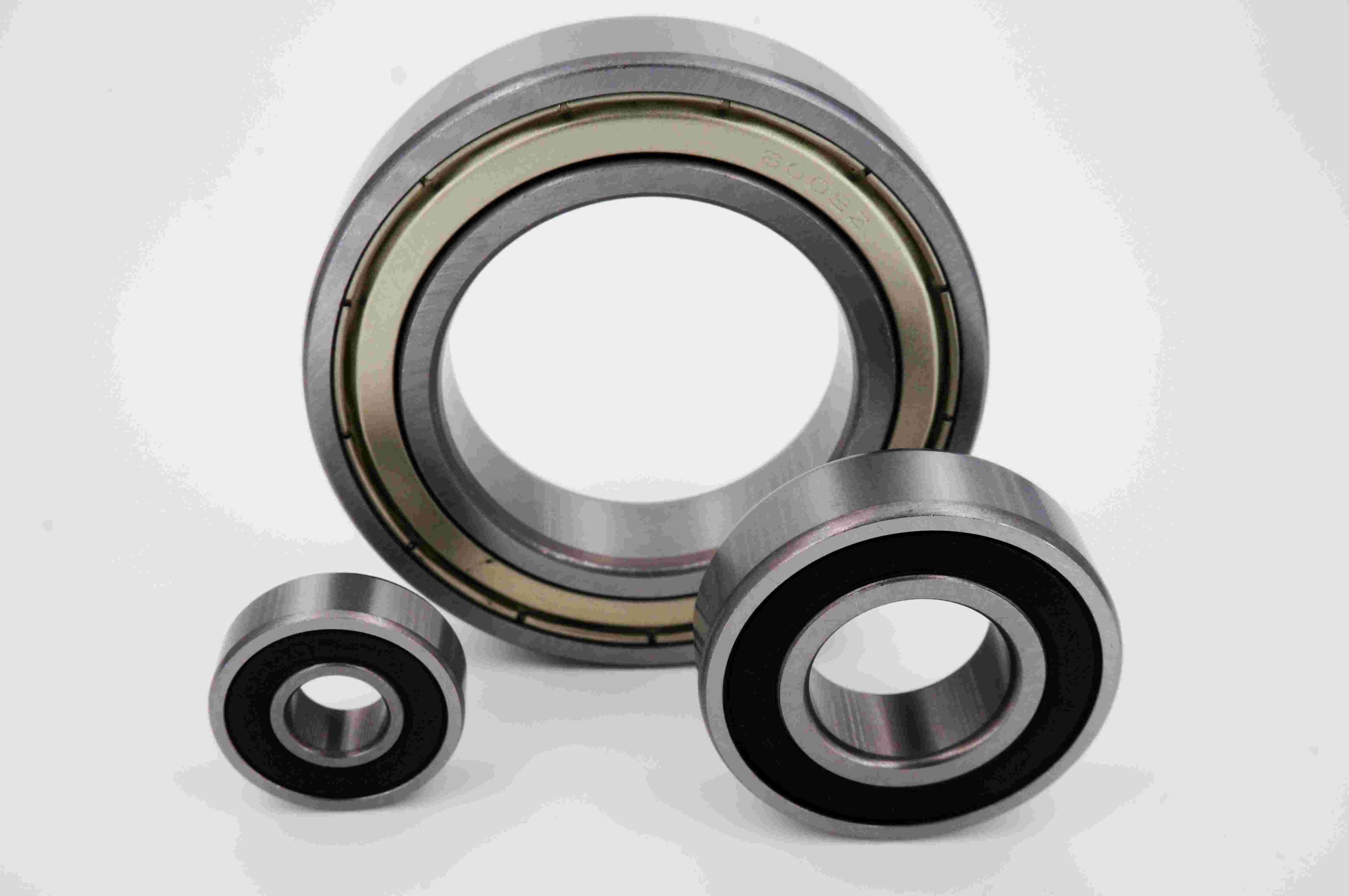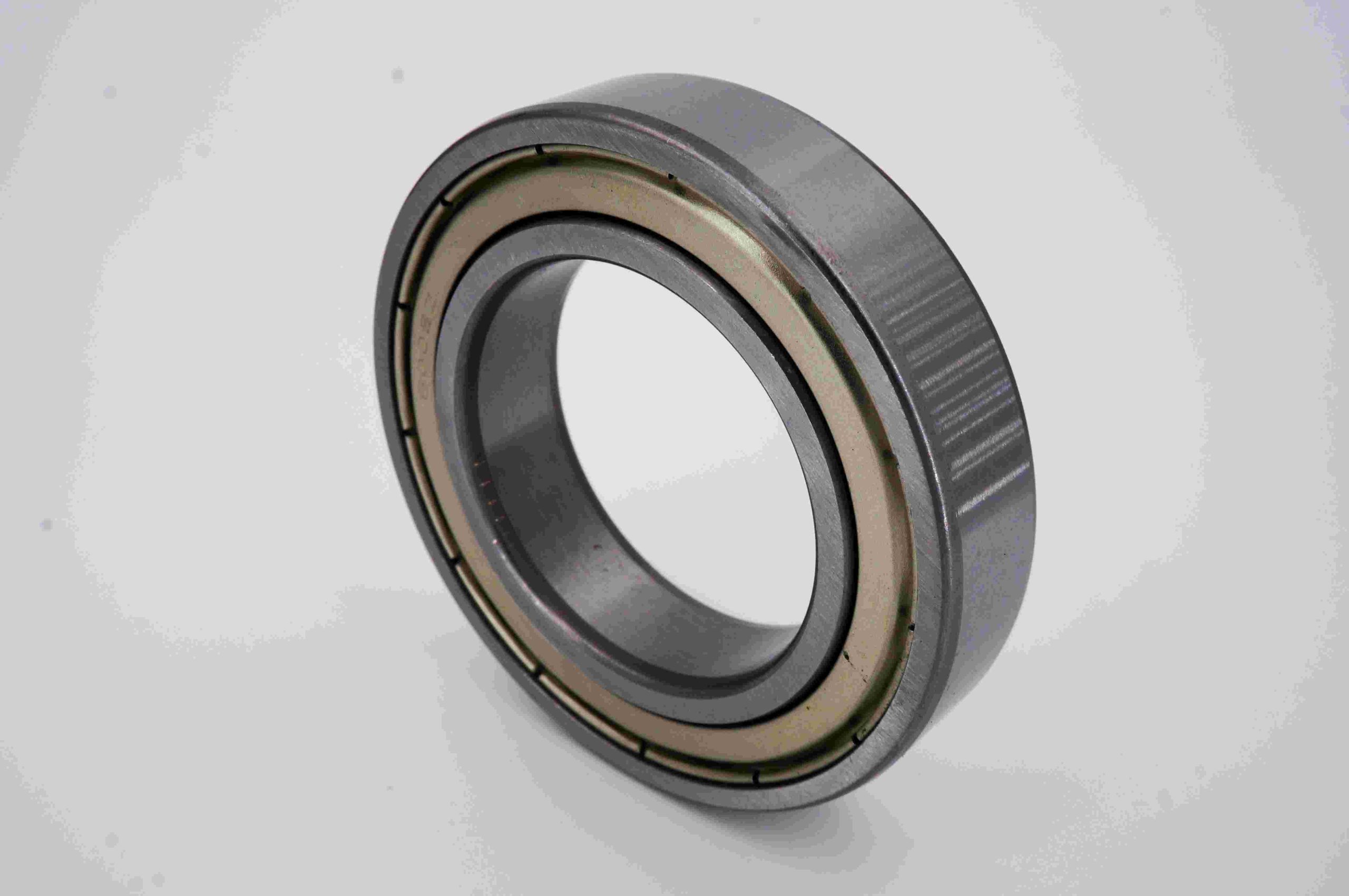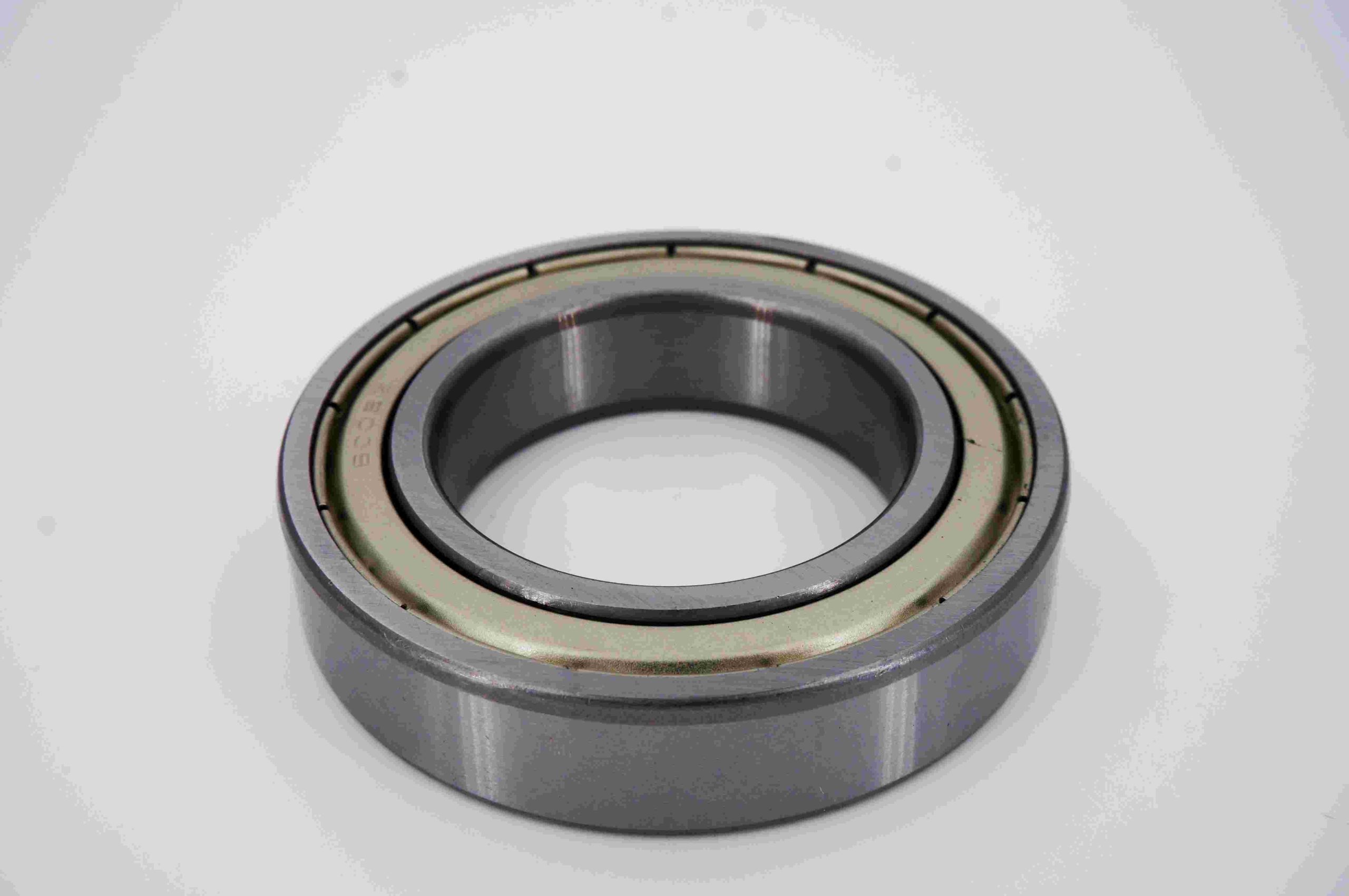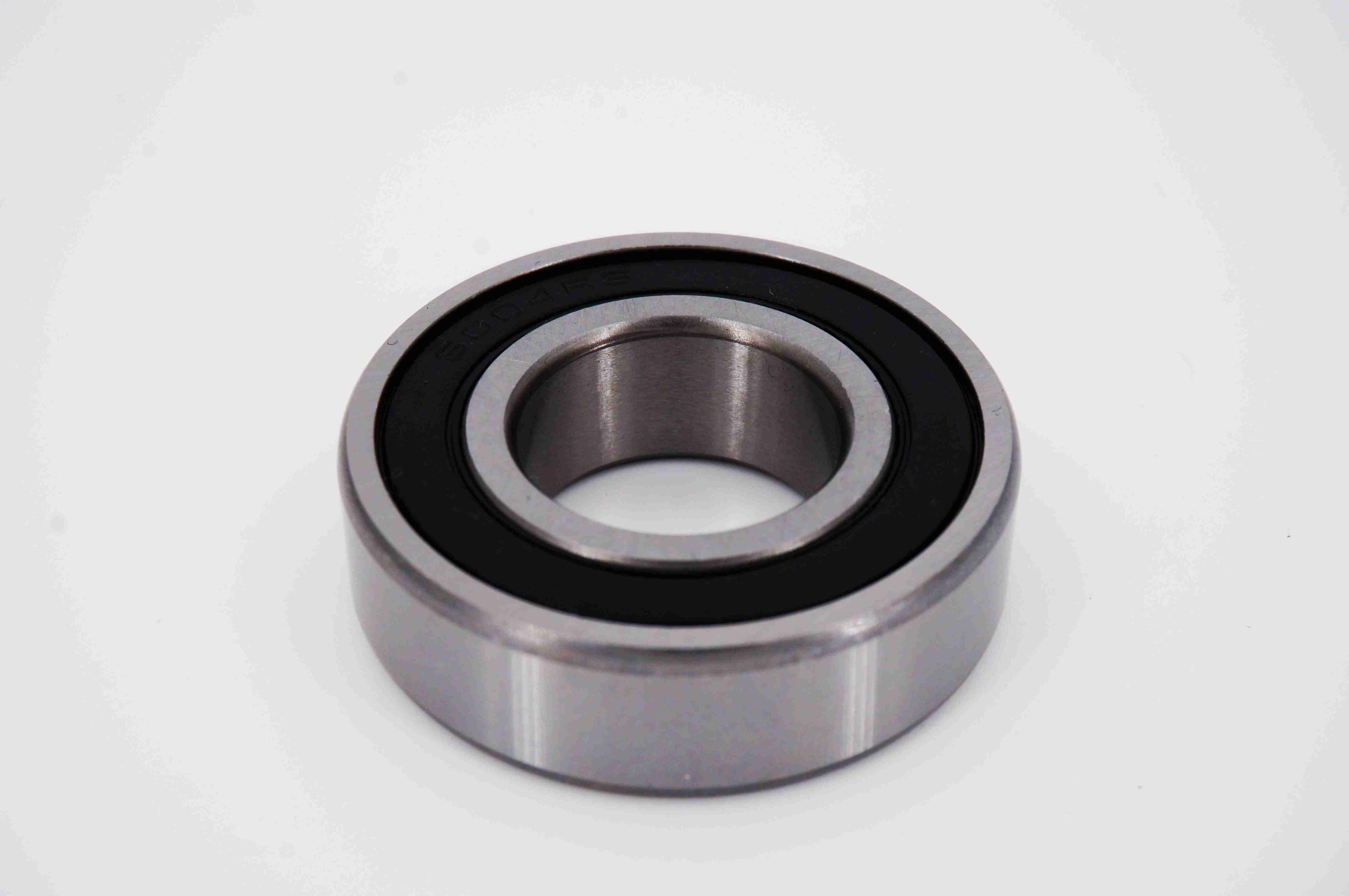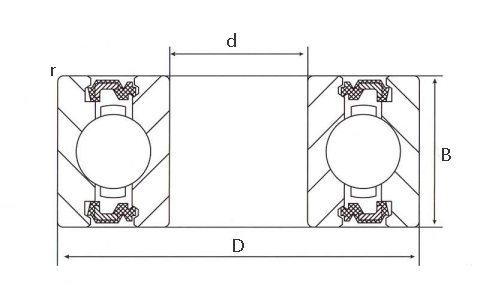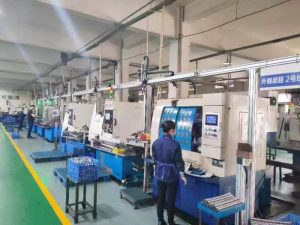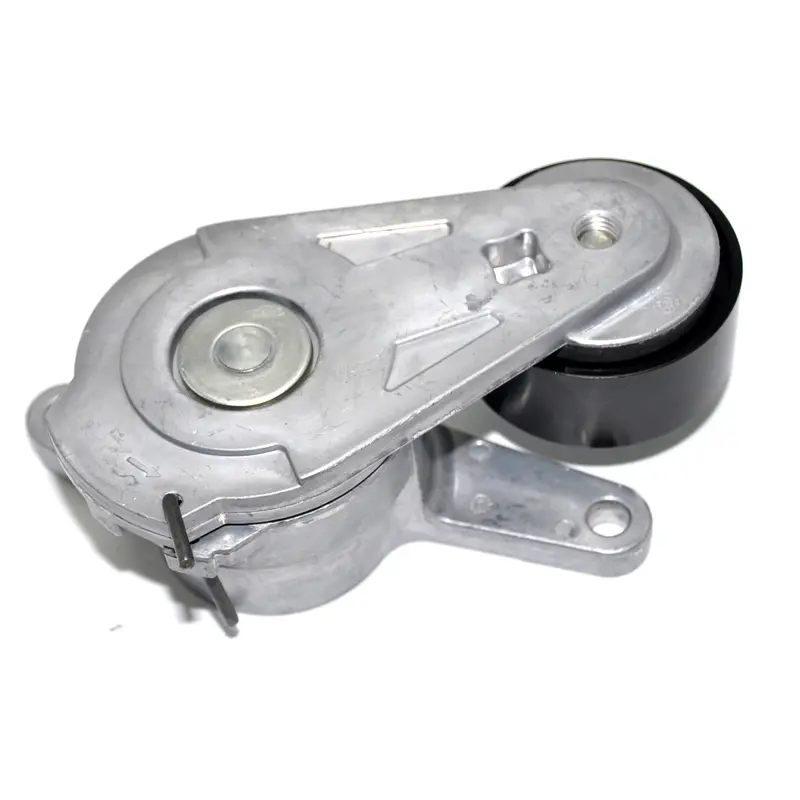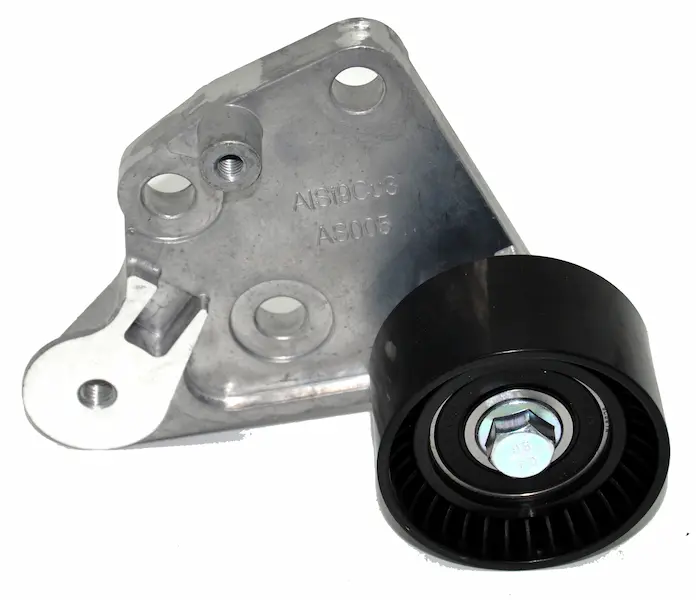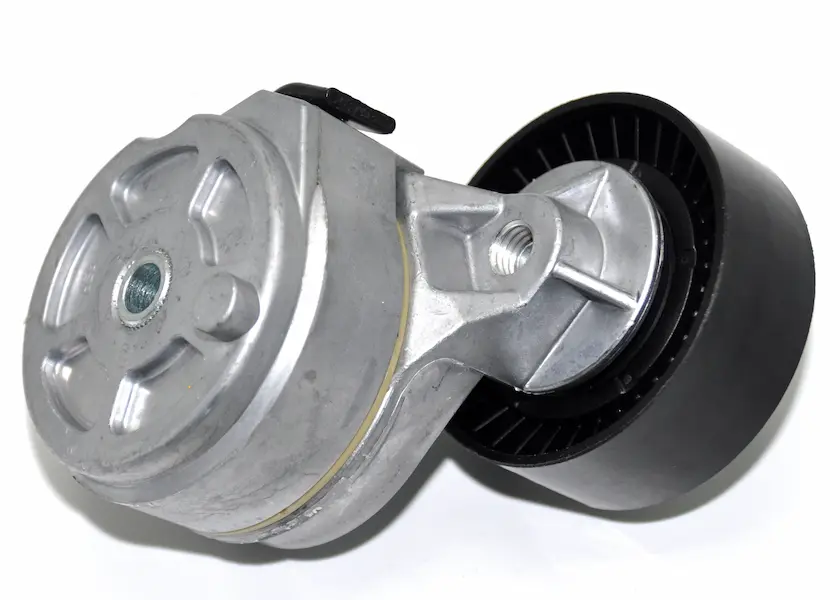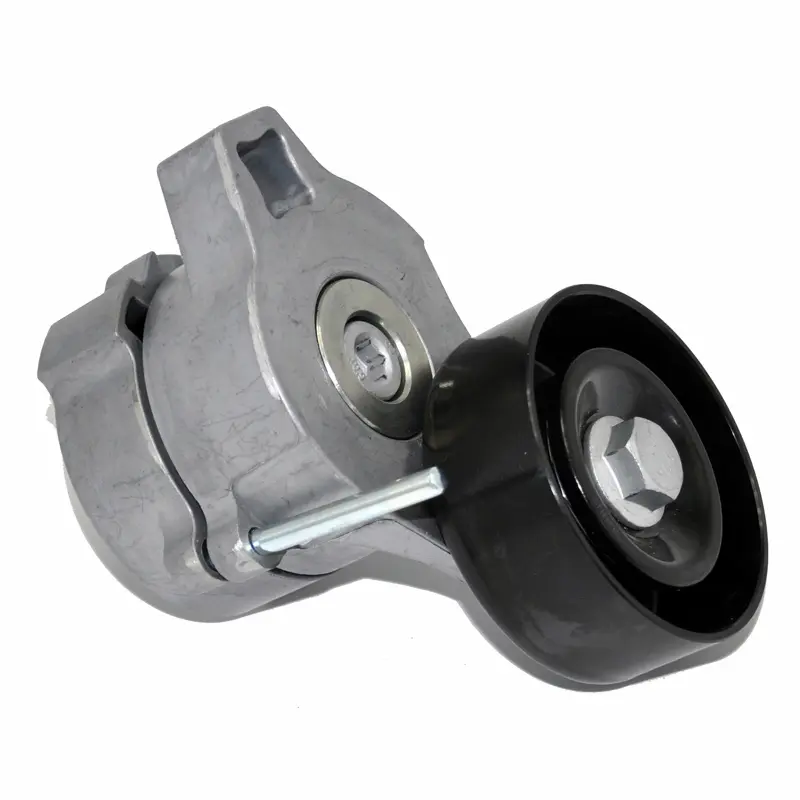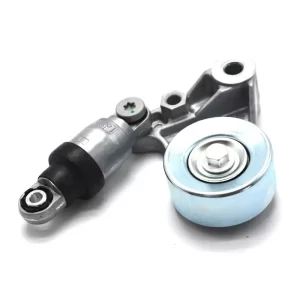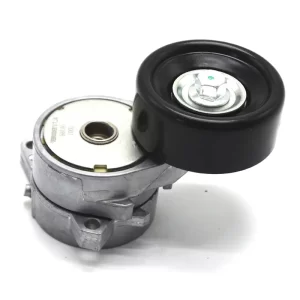Groefkogellagers zijn integrale componenten die bekend staan om hun robuuste ontwerp, veelzijdigheid en vermogen om verschillende belastingen op te nemen met behoud van hoge snelheidsprestaties en betrouwbaarheid in diverse toepassingen.
Door diepgroefkogellagers op de juiste manier te gebruiken en te onderhouden, kun je de prestaties en betrouwbaarheid van je machines en apparaten verbeteren en een langdurige en efficiënte werking garanderen.
Onze fabriek garandeert de kwaliteit van diepe groefkogellagers door middel van nauwgezette stappen: strenge materiaalselectie, nauwkeurige bewerking, warmtebehandeling voor duurzaamheid, grondige inspecties en zorgvuldige verpakking voor betrouwbaarheid.
Een diepgroefkogellager is een fundamenteel type rollager dat wordt gekenmerkt door zijn vermogen om zowel radiale als axiale belastingen op te nemen. Hier volgt een gedetailleerde uitsplitsing van de constructie en functionaliteit:
- Bouw:
Binnen- en buitenringen: Het lager bestaat uit een binnenring die op de as past en een buitenring die de draaiende assemblage omgeeft.
Loopbaangroeven: Beide ringen hebben diepe, doorlopende loopbanen die de beweging van stalen kogels vergemakkelijken.
Stalen kogels: Deze kogels zitten tussen de binnenste en buitenste ringen, zijn gelijkmatig verdeeld en rollen langs de groeven van het loopvlak. - Functionaliteit:
Belastbaarheid: Door de diepe loopvlakgroeven kan het lager radiale belastingen (loodrecht op de as) en axiale belastingen (parallel aan de as) in beide richtingen dragen.
Hoge snelheid: Diepgroefkogellagers zijn ontworpen met het oog op efficiëntie en werken bij hoge snelheden met minimale wrijving en geluid.
Veelzijdigheid: Ze zijn geschikt voor verschillende toepassingen waarbij een soepele, betrouwbare rotatie onder verschillende omstandigheden vereist is. - Kenmerken:
Afdichtingen en schilden: Lagers kunnen worden uitgerust met afdichtingen of schilden om ze te beschermen tegen verontreinigingen en om de smering in het lager te behouden. - Kwaliteitsborging:
We garanderen kwaliteit door middel van strenge processen, waaronder materiaalselectie, precisiebewerking, warmtebehandeling voor duurzaamheid en uitgebreide tests.
Kwaliteitscontrolemaatregelen controleren de maatnauwkeurigheid, oppervlakteafwerking en prestatiekenmerken om te voldoen aan de industrienormen en de eisen van de klant.
Deze lagers worden gewaardeerd om hun snelle werking, stille prestaties en vermogen om betrouwbaar te functioneren in een groot aantal toepassingen, waaronder industriële machines, autosystemen en huishoudelijke apparaten.
Tips voor het installeren van groefkogellagers
- Voorbereiding:Zorg ervoor dat de werkruimte schoon en vrij van verontreinigingen is. Verzamel alle benodigde gereedschappen en apparatuur, zoals lagertrekkers, persen en schone handschoenen.
- Inspectie:Controleer het lager en de behuizing vóór de installatie op tekenen van schade of defecten. Zorg ervoor dat de as en de behuizing schoon zijn en vrij van bramen of scherpe randen.
- Correcte behandeling:Hanteer het lager met schone, droge handen of handschoenen om vervuiling te voorkomen. Laat het lager niet vallen of sla er niet tegen, want dat kan schade veroorzaken.
- Juiste uitlijning:Zorg ervoor dat het lager correct is uitgelijnd met de as en de behuizing. Gebruik indien nodig uitlijngereedschap om verkeerde uitlijning te voorkomen, wat kan leiden tot voortijdig falen.
- Toepassing van kracht:Oefen alleen kracht uit op de ring die wordt geperst. Oefen bijvoorbeeld kracht uit op de buitenring bij het monteren in de behuizing en op de binnenring bij het monteren op de as. Gebruik een pers of lagerinstallatiegereedschap om gelijkmatige druk uit te oefenen. Gebruik geen hamer of ander slaggereedschap, want dat kan schade veroorzaken.
- Smering:Smeer het lager met het juiste type en de juiste hoeveelheid smeermiddel zoals aangegeven door de fabrikant. Als het lager is voorgesmeerd en afgedicht, is extra smering niet nodig.
- Verwarming en koeling:Voor een strakke passing moet je het lager mogelijk verwarmen of de as afkoelen. Gebruik een inductieverwarmer of een andere geschikte methode om oververhitting of ongelijkmatige verwarming te voorkomen. Overschrijd de door de fabrikant opgegeven temperatuurlimieten niet.
- Afdichtingen en schilden:Zorg ervoor dat alle afdichtingen of schilden intact en correct geplaatst zijn. Afdichtingen en schilden beschermen het lager tegen vuil en houden de smering vast.
- Testen:Draai het lager na de installatie met de hand om een soepele en vrije beweging te garanderen. Controleer op ongewone geluiden, bindingen of weerstand.
Als je deze tips volgt, kun je zorgen voor een juiste en efficiënte installatie van groefkogellagers, wat leidt tot betere prestaties en een langere levensduur van je apparatuur.

